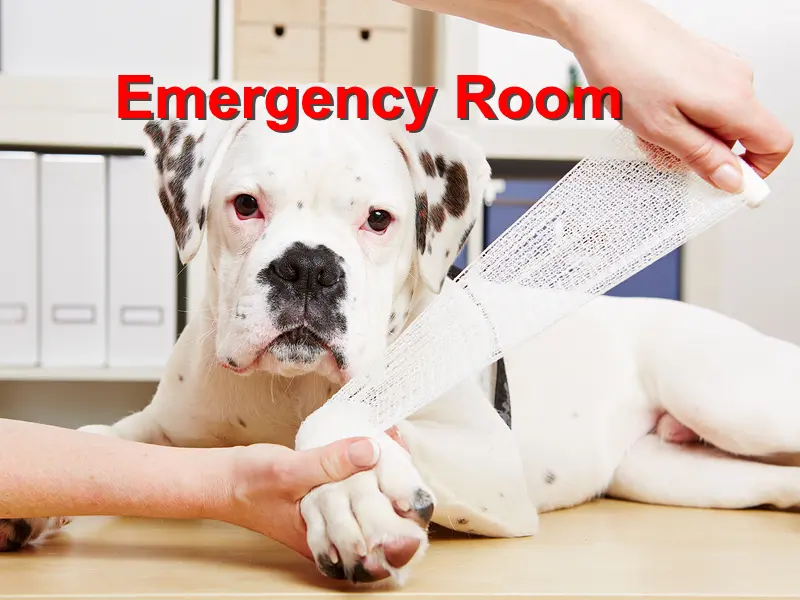There are numerous emergency situations that your dog can experience. However, many pet owners find it difficult to tell whether their dog’s health condition requires urgent medical attention or not. When dealing with a potential medical issue, many owners wonder where they should plan a quick trip to the ER or be patient until the regular veterinarian shop opens. The following guidelines should enable you to determine when a problem warrants immediate ER attention.
Trouble with breathing
If your dog stays for more than three minutes without breathing, then it is all over. Once you notice your dog has trouble breathing and is making alarming sounds when breathing, you must go to the ER immediately.
Seizures
Even though a single solitary seizure does not have the potential to be a considerable risk, seizures can be progressive as they typically occur in clusters. Also, seizures may occur due to toxins that are likely to cause more fatal reactions.
Bloat symptoms
Bloat is a dangerous condition for all dogs that results in various symptoms like panting, restlessness, the inability to comfortably lie down, abdominal distention, and unsuccessful vomiting attempts. Due to its urgency, any dog that exhibits these bloat symptoms must get quick medical attention.
Profound weakness
When your dog is too weak and even collapses, then it could indicate some significant health problems. Some of these issues include internal bleeding, cardiac compromise, organ failure or even Addison’s disease.
Major trauma
A dog that has fallen from a high height, or struck by a car, or even been in fights with larger dogs may appear unharmed externally, despite suffering critical internal injuries. These are undoubtedly critical veterinary emergencies.
Protracted diarrhea and vomiting
This medical condition requires an ER visit, mainly if the dog is producing mostly bloody liquids. Recurring diarrhea and vomiting can quickly lead to dehydration.
Exposure to poisons
When you catch your dogs munching on dangerous poisons, like snail bait, you do not even need to sit around waiting for the seizures before going to the nearest vet. Other common exposures around your home include rodent bait, human medications, raisins, grapes, and chocolate.
Conclusion
The solution to avoiding emergency room visits is prevention. Proactive vet care and training the necessary behavior management will help reduce your chances of encountering health and safety-related emergencies. In conclusion, if your dog portrays any of the symptoms listed above you should take him to the ER immediately to get urgent medical assistance.
References: Pet Health Network, Pet Coach, Dogster




